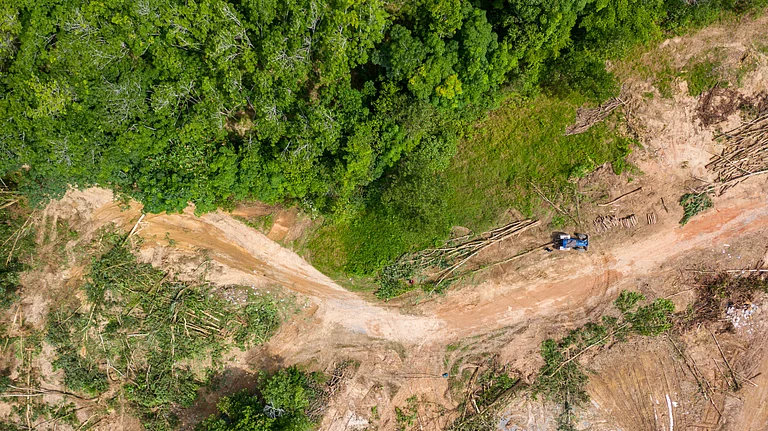A mix of geopolitical, economic, and climate challenges means the global economic outlook will remain unsettled in 2024, directly impacting consumer confidence and spending in major fashion markets, according to The State of Fashion 2024, the highly-anticipated report jointly published by the Business of Fashion (BoF) and McKinsey & Company. The report identifies key focus areas for the fashion industry in 2024, supported by insight from two proprietary global surveys of fashion executives and consumers.
Fashion industry leaders exhibit a diverse outlook for the upcoming year, with 26 per cent anticipating improvement, 37 per cent expecting the status quo, and 38 per cent predicting a decline. The industry's growth is forecasted at a modest 2 to 4 per cent, but potential bright spots include a projected 10 per cent surge in global tourism from 2019 levels and opportunities arising from generative artificial intelligence.
Achim Berg, Senior Partner at McKinsey, said, “ While there are many challenges ahead for the global fashion industry in the coming year – mainly driven by volatility and uncertainty due to macroeconomic developments – we expect limited global growth of about 2-4% in 2024. Luxury’s global retail sales growth is forecast to slow to between 3 – 5% in 2024, due to consumers restrain spending after a post-pandemic shopping surge.”
The State of Fashion 2024 report outlines critical insights for the industry's trajectory. Amid global economic uncertainty, consumer spending intentions reveal a -16 per cent net intent in major markets. However, emerging markets, particularly India, present promise, with a 39 per cent net intent. Moreover, the report also highlighted that the fashion sector faces a $65 billion climate risk by 2030, emphasizing the urgency of sustainability. Generative AI holds transformative potential in design, but a knowledge gap challenges its widespread adoption.
Global travel is poised to exceed pre-pandemic levels, offering brands a lucrative window as 80 per cent of surveyed shoppers plan fashion purchases while on holiday. Influencer marketing, a $21.1 billion industry, shifts towards authenticity, with 68 per cent of consumers expressing discontent with sponsored content. Technical outdoor wear's popularity persists, and fast-fashion competition intensifies, with 40 per cent of US consumers engaging with 3rd generation fast fashion.
While brand marketing is set for a resurgence in 2024, as 71 per cent of industry executives express intentions to increase spending in this domain.
“From the intensifying climate crisis to the transformative potential of AI, The State of Fashion 2024 dissects key challenges and opportunities for the global fashion industry next year. But fashion leaders cannot rest on their laurels. While they must approach 2024 with caution, it is critical to continue seeking targeted opportunities for growth and innovation,” said Imran Amed, Founder and CEO of The Business of Fashion
Upstream suppliers face heightened demand volatility, operating at 30-40 per cent below capacity in 2023, with smaller manufacturers at increased risk. In India, spinning mills seek government aid due to operational losses. Anticipating challenges, 73 per cent of chief procurement officers foresee supplier relationship issues over the next five years, urging businesses to forge strategic partnerships to navigate supply chain volatility, with expected capacity improvements in Q3 2024.































